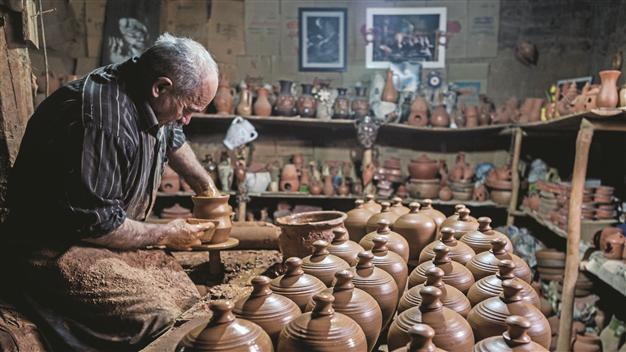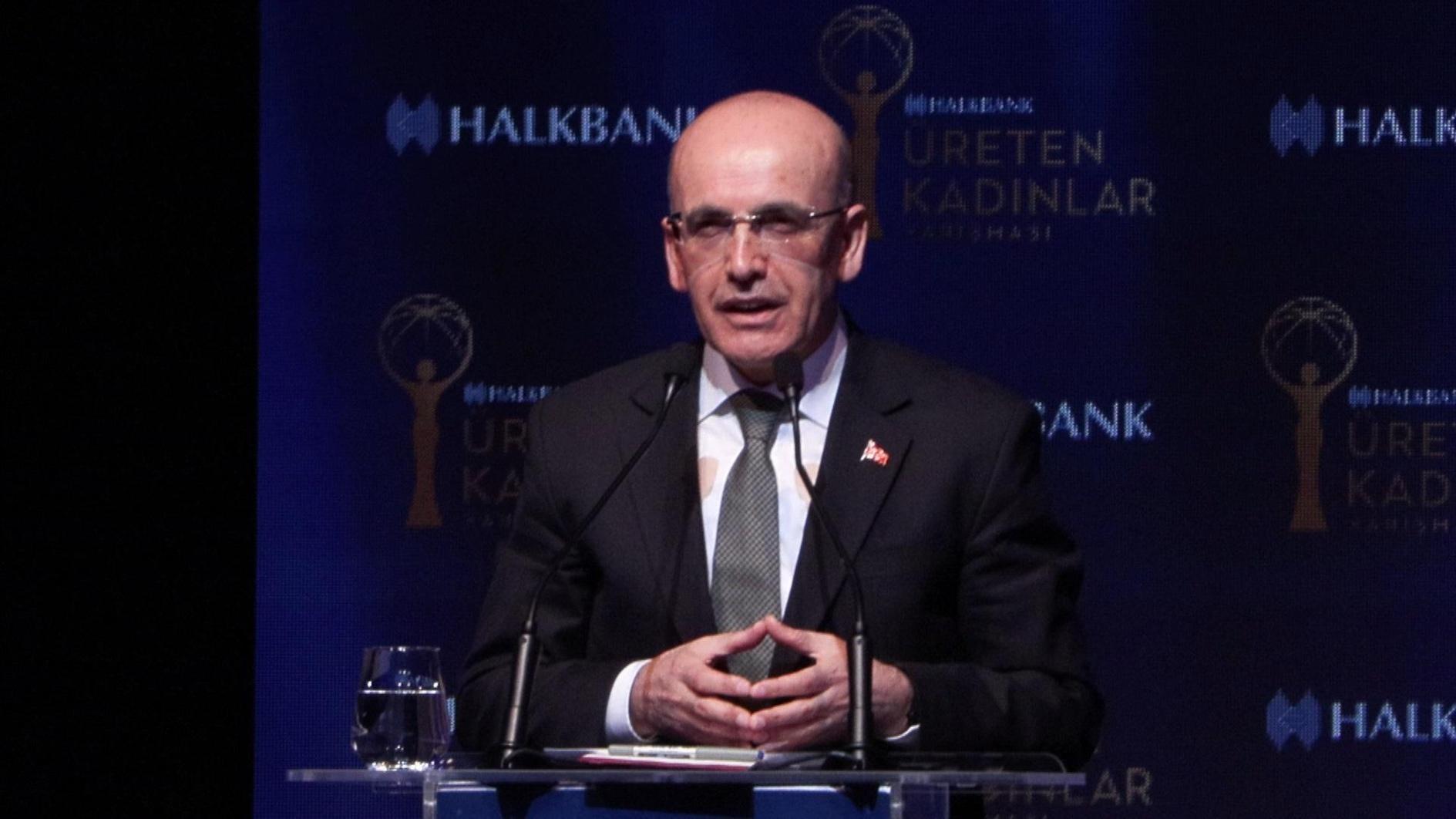Çatalhöyük’s traditional pans still in demand
KONYA - Anadolu Agency

Part of Bulur’s atelier is a cave and it takes visitors for a travel in time to Çatalhöyük. The atelier is also a neighbor of the Hagia Helene Church. AA photo
The business of producing pots and pans from earthenware, which started in the Neolithic age in the ancient settlement of Çatalhöyük in the central Anatolian province of Konya, still continues in the same region through a handful of talented masters, few in numbers.In an atelier in the city’s historical Sille neighborhood, Yaşar Bulur, 63, gives shape to mud, producing earthen pots, which first appeared in Çatalhöyük and is believed to be one of the first exchange tools that started trade.
Part of Bulur’s atelier is a cave and it takes visitors for travel in time to Çatalhöyük, where nearly 8,000 people settled. The atelier is also a neighbor of the Hagia Helene Church, which was built by the Byzantine Emperor Constantine’s mother Helene. Sille was one of the religious centers in Byzantine.
He sells his products very easily
The tradition of making pots and pans with earthenware dates back to 9,000 years ago in the region. Bulur spends most of his day in front of his stand.
“My door is open to those who want to learn the business. If they come, I will help them. If they learn it, this heirloom business can survive,” he said. Bulur can easily sell the products that he produces in his atelier. Products like pots, cooking cups, earthen cups, jugs and various types of ornaments are sold in his son’s shop in Taşköprü, which is a popular place among tourists.
Noting that in the 1960s, he and five-six other apprentices had worked with their boss for a long time to learn this business without being paid, Bulur said, “Everyone was bringing their food and we were eating it all together. We did not demand even a penny. Anyway, our boss was not paying us… My boss did not let me go because I was working successfully. He began paying me weekly wages after only two years. Many years have passed since then. We used to send our products all around Turkey, too. As Sille has become a well-known place and tourism progressed in the region, our nearly-forgotten business began drawing interest.”
He said his customers were even ready to buy 100,000 stew pans. “We receive demands not only from Turkey, but also from Saudi Arabia. Earthenware products are preferred because they make food more delicious,” he said.
Ancient settlement,Çatalhöyük
The ancient settlement of Çatalhöyük in Konya’s Çumra district was included on the UNESCO World Cultural Heritage list last year. The first excavation work at Çatalhöyük was carried out in the 1960s by British archaeologist James Mellaart and his team. Professor Ian Hodder took over the excavation work at the ancient site in 1993.
Currently an international excavation team of more than 100 people is working at Çatalhöyük. They are investigating diseases, genetic features and plants and animals in the area.
A number of historical artworks have been found during the excavations.
















